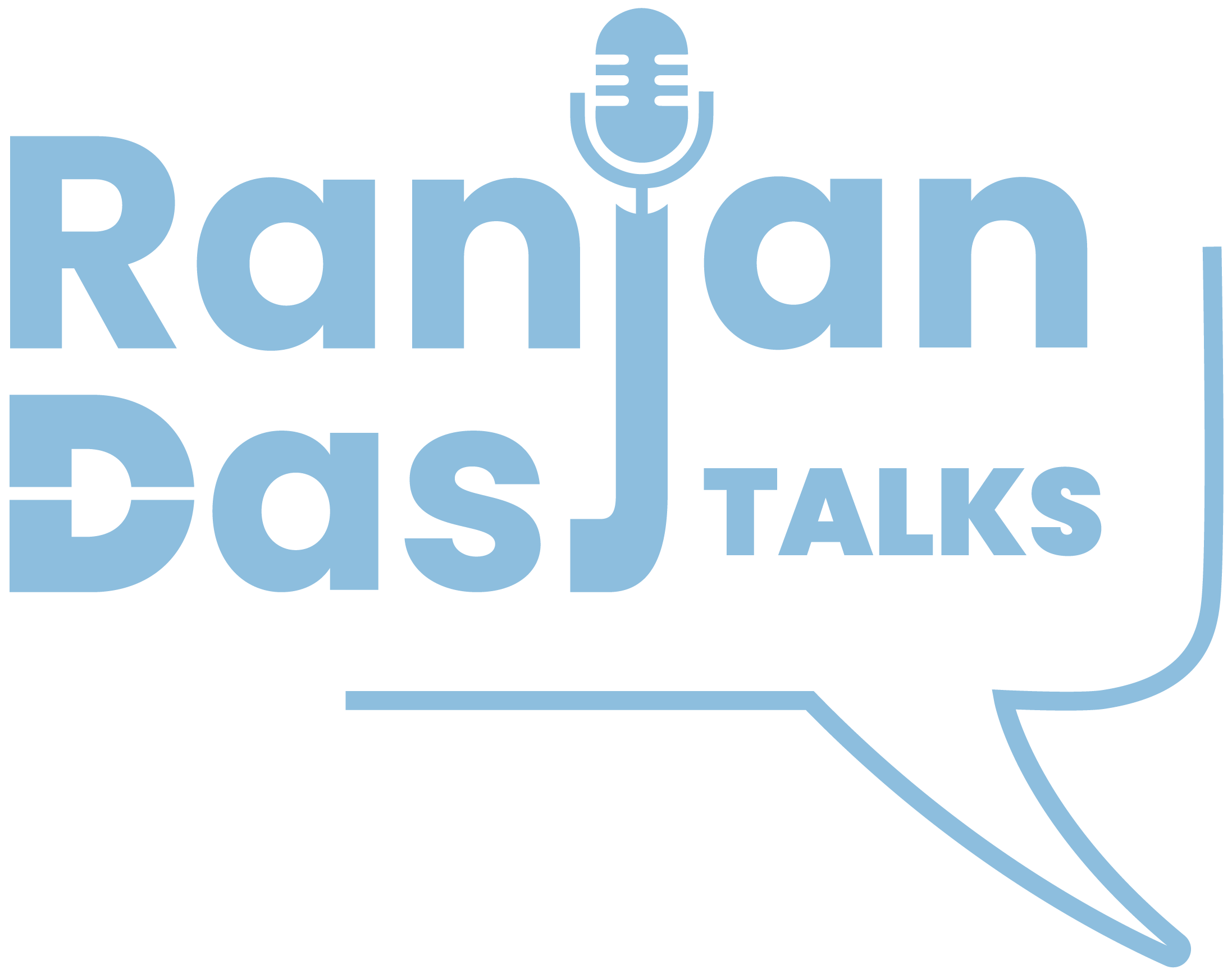
Blog
Marketing & Growth Hacks for Todays Brands
brands can create unique, memorable experiences that not only enhance customer satisfaction but also solidify their position in a competitive market.

Ranjan Das
· Posted: 2024-11-14
Posted: 2024-11-14
.png)
In today’s hyper-competitive market, businesses need more than traditional strategies to stand out and achieve sustained growth. This article introduces 20 innovative, lesser-known marketing and growth hacks designed to drive results by focusing on customer engagement, personalization, and agility. These strategies go beyond conventional tactics, empowering brands to reach niche audiences, foster loyal communities, and respond to trends faster than ever. By exploring these fresh approaches, marketers can unlock hidden opportunities, build deeper connections, and create memorable experiences that boost brand loyalty and conversion. Discover 20 unique ways to gain a competitive edge in today’s dynamic marketplace. Many of you might have done some of them in some form or another. This article aims at listing them all as per my perspective, as below...
1. Segment-of-One Personalization
- What It Is: Take personalization to a micro-level by tailoring content, offers, and even product experiences based on individual user behaviours, preferences, and needs.
- How It Works: Advanced AI tools can help segment data to deliver a highly unique experience for each user—be it in emails, recommendations, or product experiences.
- Example: Spotify’s Discover Weekly playlist and Netflix’s customized thumbnails—these are unique for each user and keep engagement high.
2. Hyperlocal, Micro-Influencer Networks
- What It Is: Partner with hyperlocal influencers who have small but highly engaged audiences in specific neighbourhoods, communities, or regions.
- How It Works: Rather than partnering with a few macro-influencers, distribute your marketing spend across multiple micro-influencers in target locales.
- Example: A brand targeting suburban areas could work with micro-influencers who are popular in those neighbourhoods for events, pop-ups, or online shout-outs.
3. Dark Social Strategy
- What It Is: Use untraceable social channels (like direct messages and private groups) where a lot of sharing happens to create word-of-mouth impact.
- How It Works: By sharing exclusive content in private WhatsApp groups, Telegram, and other chat platforms, brands create a sense of “insider information” and increase trust.
- Example: Many beauty and wellness brands now encourage their customers to share exclusive discounts with friends over private messaging apps.
4. Immersive AR/VR Experiences for Product Trials
- What It Is: Enable consumers to try out products using AR and VR, delivering a memorable and interactive experience without a physical store.
- How It Works: Use platforms or custom apps to let users “try on” or “try out” products. They can visualize, say, how a couch looks in their room or how a pair of sunglasses fits.
- Example: IKEA’s app allows customers to visualize furniture in their homes, helping to push conversion by addressing concerns about fit and style.
5. Social Proof from Niche Forums and Subreddits
- What It Is: Build brand visibility and credibility by engaging with niche, interest-specific forums or subreddit communities.
- How It Works: Contribute value (not ads) to conversations on platforms like Reddit, Quora, and niche forums that align with your brand’s audience and interests.
- Example: A sustainable clothing brand could gain traction by engaging with eco-conscious communities on Reddit and gaining advocates.
6. Gamified Customer Loyalty Programs
- What It Is: Use game mechanics (e.g., points, badges, levels) in loyalty programs to make customer retention fun and engaging.
- How It Works: Reward users not only for purchases but also for other actions like sharing on social media, writing reviews, or referring friends.
- Example: Starbucks’ loyalty program is highly gamified, keeping customers engaged with “stars” they can collect and redeem, creating a sense of achievement.
7. Smart Chatbots for Conversational Sales Funnels
- What It Is: Deploy chatbots not just for customer support but as a part of the sales funnel to deliver custom product recommendations, offer discounts, and answer questions.
- How It Works: By integrating AI-powered chatbots, brands can personalize interactions and push customers through the buying journey naturally.
- Example: Sephora’s chatbot on Facebook Messenger provides users with tailored beauty tips, makeup tutorials, and product suggestions, which boosts sales.
8. “Moment Marketing” for Instant Relevance
- What It Is: Leverage real-time events and cultural moments to make your brand part of the conversation and engage in trending discussions.
- How It Works: With social media listening tools, jump on trending topics relevant to your brand, but add value or humour rather than forced relevance.
- Example: When a major event happens (e.g., the release of a popular movie or a viral meme), brands like Zomato or Swiggy quickly create humorous and relevant posts to stay in the spotlight.
9. Utilize User-Generated Content with Interactive Feedback Loops
- What It Is: Encourage customers to generate and share their content (like reviews, photos, or videos) and use feedback loops to create an iterative improvement process.
- How It Works: Brands can reward customers for submitting feedback and creating content, and then spotlight user feedback in real campaigns to reinforce community involvement.
- Example: GoPro features user-shot videos on its official channels, building credibility and encouraging more customers to contribute.
10. Content Collaborations with Complementary Brands
- What It Is: Collaborate with brands that aren’t direct competitors but target a similar audience, offering joint content or product bundles.
- How It Works: Develop cross-promotional content that highlights each brand’s strengths and appeal, or create a co-branded product bundle with an exclusive offer.
- Example: A skincare brand could collaborate with a wellness brand to create a co-branded gift set, featuring exclusive items from each that appeal to health-conscious consumers.1. Predictive Product Replenishment Subscriptions
11. Predictive Product Replenishment Subscriptions
- What It Is: Predict when customers will run out of products and offer timely subscription refills.
- How It Works: Use AI to analyze customers’ buying patterns and offer replenishment options at optimal times, either through email, app notifications, or SMS.
- Example: A pet food company could track purchase frequency and recommend reorders or subscription options just before a customer is likely to run out.
12. AI-Generated Dynamic Pricing
- What It Is: Implement AI-driven pricing models that adjust in real time based on demand, customer behaviour, or competitor pricing.
- How It Works: AI can help determine optimal prices by analyzing customer engagement, regional demand, and sales data, boosting sales by creating personalized discounts or flash sales.
- Example: Online retailers, like Amazon, frequently adjust prices dynamically to stay competitive and increase conversion rates.
13. Digital Collectibles or NFTs for Customer Loyalty
- What It Is: Reward loyal customers with digital collectibles or branded NFTs that provide special perks or exclusive access.
- How It Works: By issuing unique, limited-edition NFTs or digital badges, brands can create a sense of exclusivity and reward loyalty in a novel way.
- Example: Luxury brands could offer digital fashion NFTs as rewards, allowing loyal customers early access to new collections or exclusive invites.
14. “Behind-the-Scenes” Content Series
- What It Is: Share behind-the-scenes videos and content, showcasing company culture, product development, or the brand story.
- How It Works: Use social platforms to share casual, authentic, and even “day-in-the-life” stories that resonate with your audience, building trust and connection.
- Example: A fashion brand could share footage of design inspiration, production processes, or team brainstorming sessions to foster a sense of authenticity.
15. Surprise & Delight Moments in E-commerce
- What It Is: Surprise customers by including small, unexpected gifts, handwritten notes, or personalized discounts in their orders.
- How It Works: Insert low-cost yet thoughtful gestures to boost word-of-mouth marketing and create memorable unboxing experiences.
- Example: Online stores could include a personalized thank-you card or a small free sample, which encourages customers to share their experience on social media.
16. Digital Pop-Up Shops and Virtual Events
- What It Is: Host limited-time digital pop-up shops or virtual events to create scarcity and exclusivity.
- How It Works: Use social media or virtual event platforms to drive traffic to these “pop-ups,” where customers can purchase exclusive or time-sensitive items.
- Example: Fashion brands could host virtual runway shows and allow customers to purchase the showcased pieces immediately after the show.
17. AI-Driven Content Creation for Rapid Trend Response
- What It Is: Leverage AI tools to create quick, on-trend content that taps into viral topics, memes, or cultural moments.
- How It Works: Use AI-generated content ideas or rapid content creation tools to respond to trending topics faster, making your brand part of the conversation.
- Example: If a trend spikes on social media, brands like Wendy’s or Netflix can use tools to quickly generate memes or quips that keep them relevant and engaging.
18. Collaborative User-Generated Product Development
- What It Is: Involve your audience in developing new products by seeking input on features, designs, or flavors.
- How It Works: Use social media polls, virtual focus groups, or beta-testing opportunities to co-create with customers, increasing their loyalty.
- Example: Doritos has successfully used customer votes to select new flavors, building buzz and ensuring customer demand.
19. Enhanced “Virtual Showrooms” with Livestream Shopping
- What It Is: Host livestream shopping events where customers can see and purchase products in real-time, hosted by a brand representative or influencer.
- How It Works: Livestream sessions allow customers to ask questions and receive demonstrations, creating a more interactive shopping experience.
- Example: Beauty and fashion brands can showcase products in a live stream format, encouraging viewers to purchase items featured in real-time.
20. Personalized Product Quizzes and Recommendation Engines
- What It Is: Use interactive quizzes to help customers find products tailored to their needs or preferences.
- How It Works: Quizzes create a fun and engaging way for customers to learn about products, while brands can collect useful data to refine marketing.
- Example: Skincare brands can use quizzes to recommend products based on skin type, routines, and goals, increasing the likelihood of a purchase by making the decision easier.
By implementing these tactics (of course after customising it to your brand and market), brands can create unique, memorable experiences that not only enhance customer satisfaction but also solidify their position in a competitive market. Whether through hyper-personalization, interactive experiences, or agile responses to cultural trends, these hacks equip marketers with the tools to foster sustainable growth and keep their brands at the forefront of industry innovation. Embrace these insights to fuel your brand’s journey to lasting success and impactful market presence.
For more such innovative marketing reach out to us on services@apppl.com
This blog was originally published on: Ranjan Das - LinkedIn
Marketing is everything, products are
woven around it.